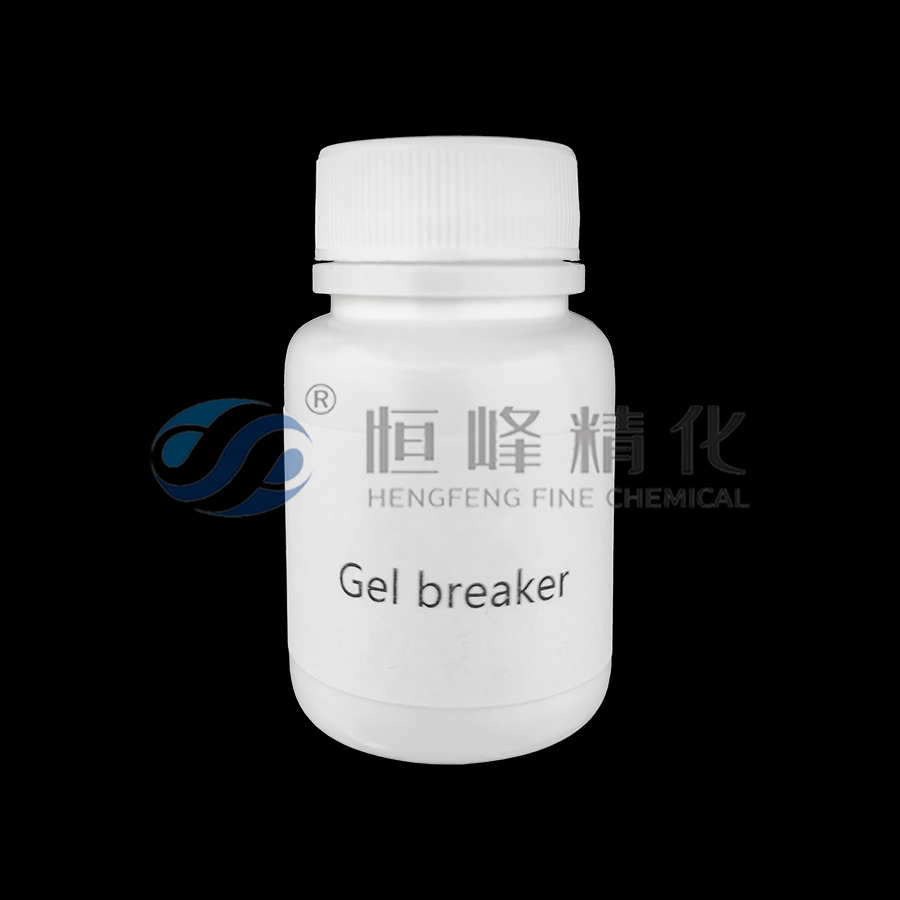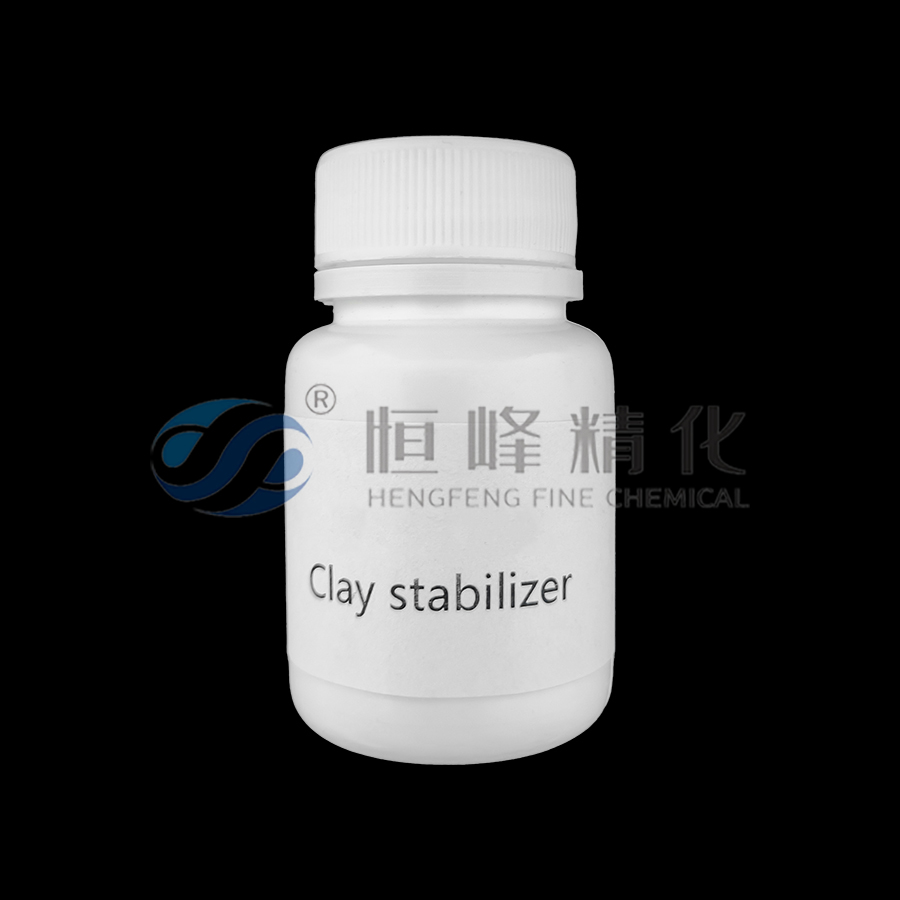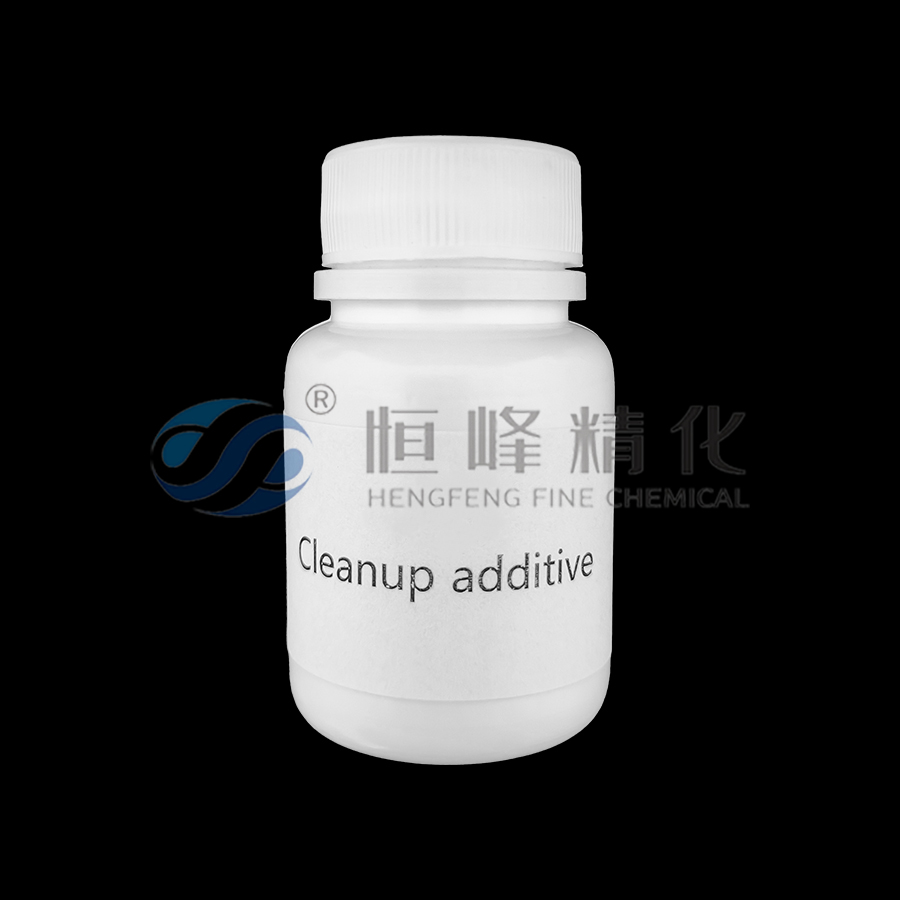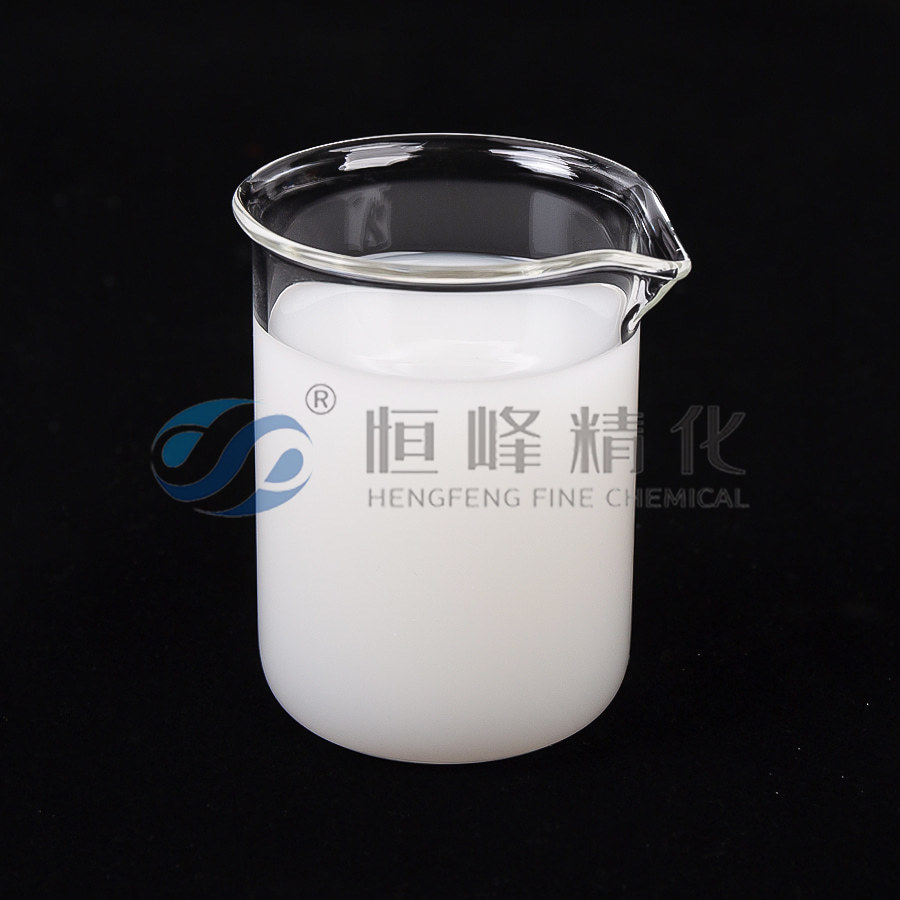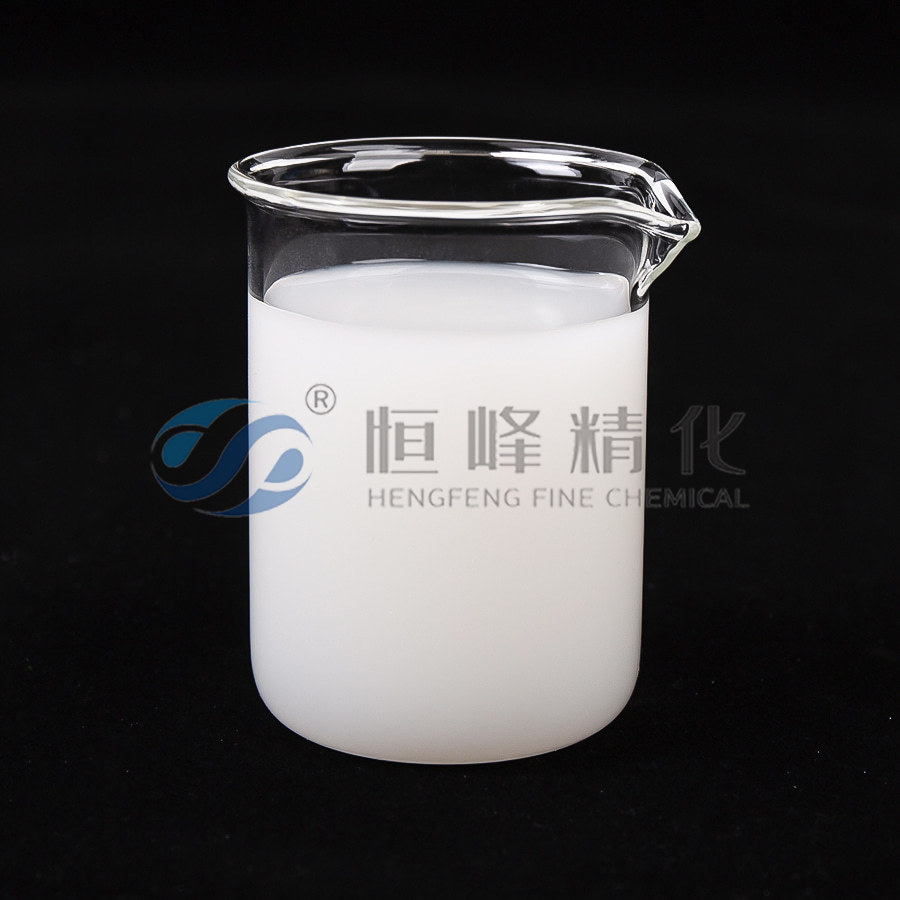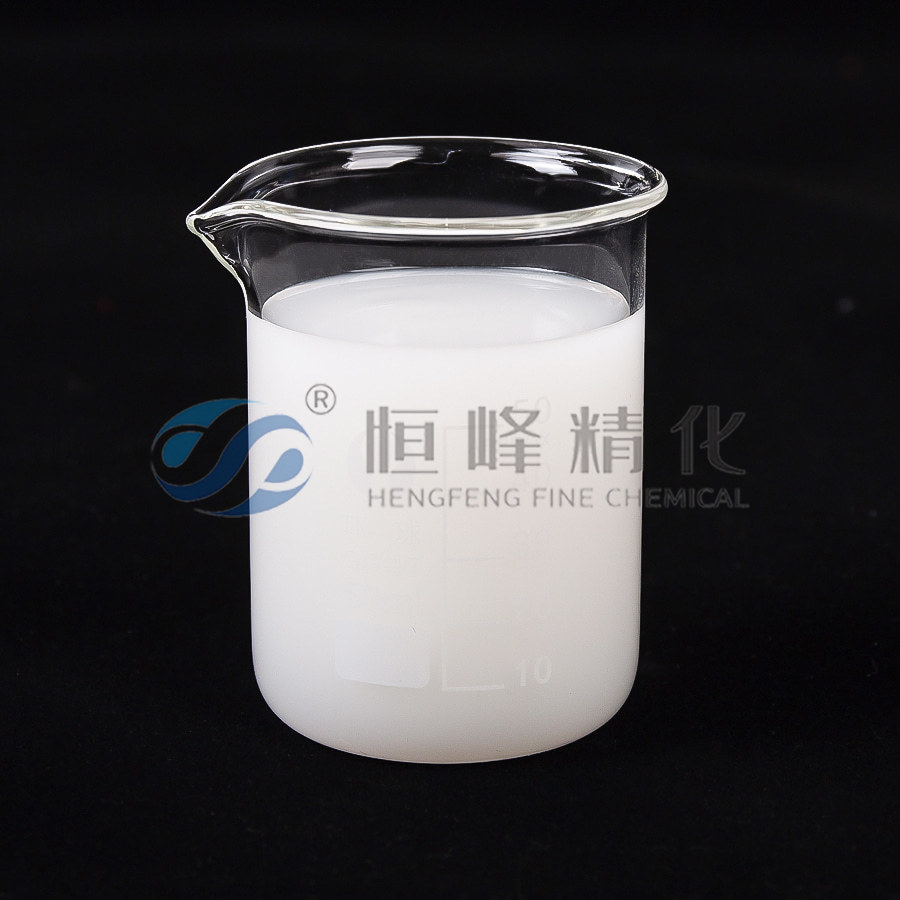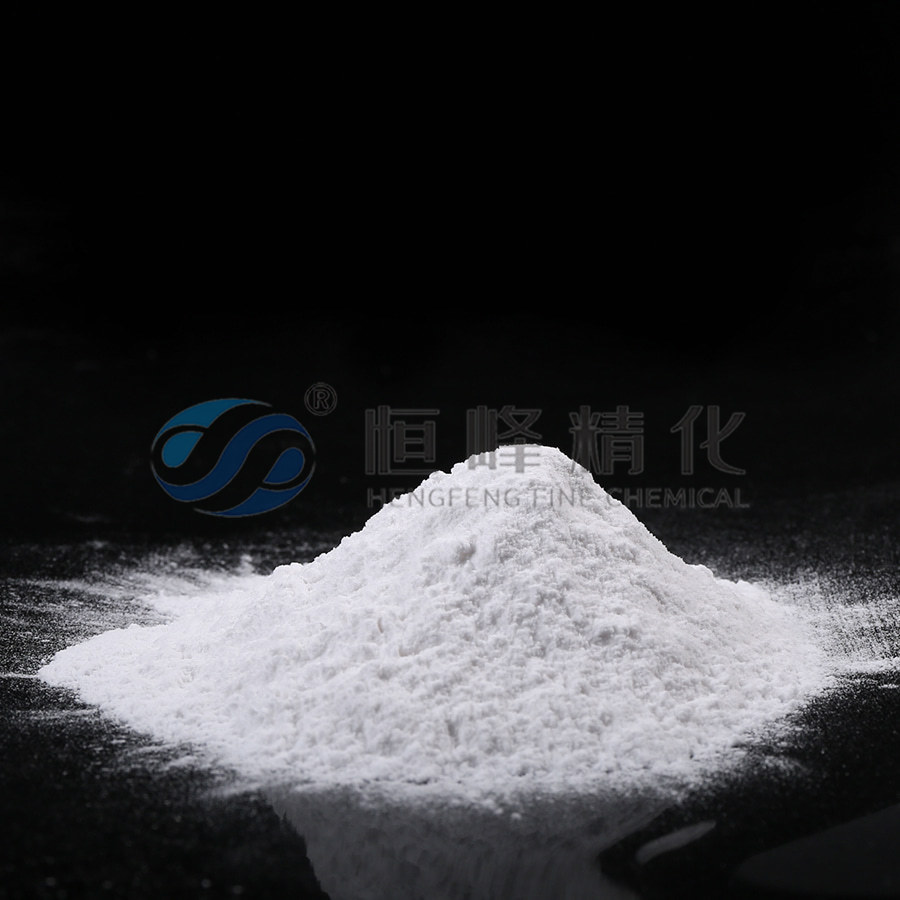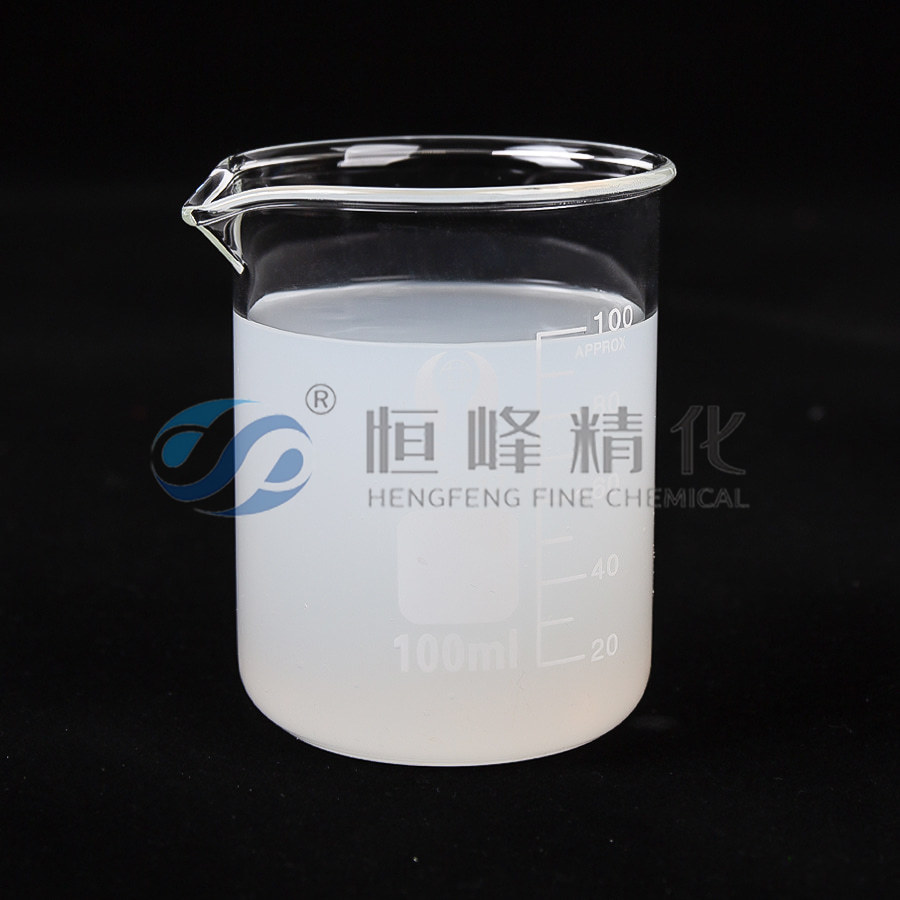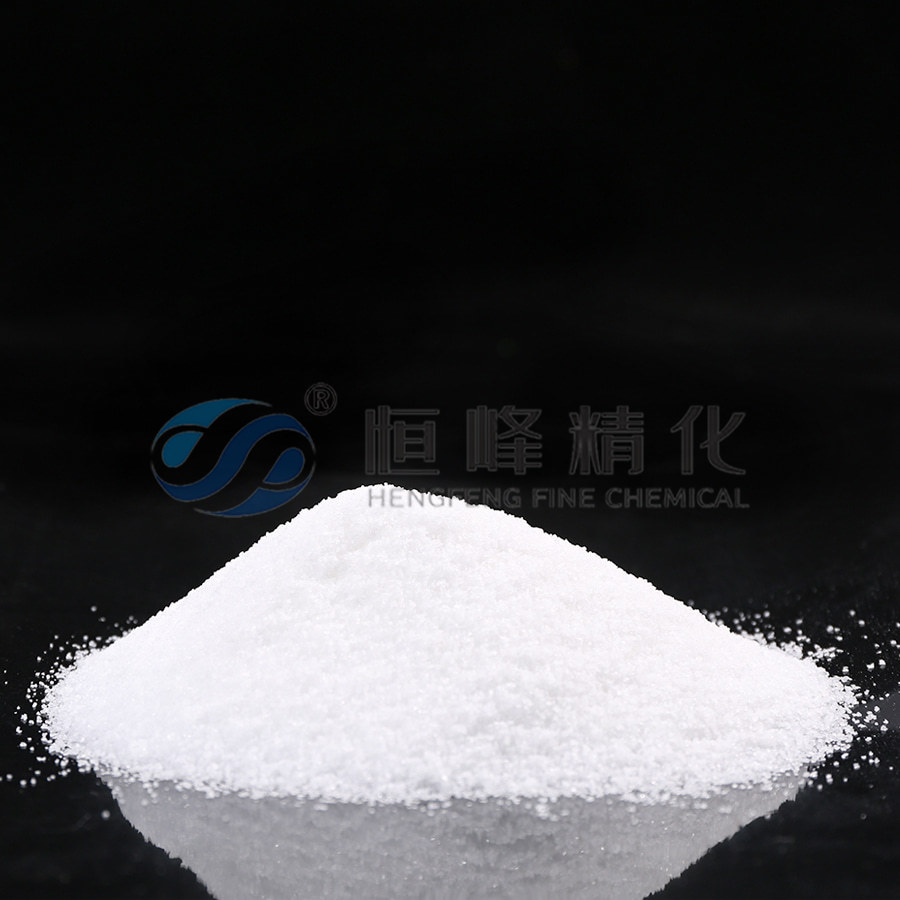What is Water Treatment Polyacrylamide Chemicals
What is Water Treatment Polyacrylamide Chemicals?
Polyacrylamide (PAM) is a synthetic polymer composed of acrylamide subunits linked together. It is primarily used in water treatment processes, where it plays a crucial role in enhancing water quality by aiding in the removal of pollutants, suspended solids, and turbidity. Polyacrylamide chemicals are available in various forms, including anionic, cationic, and non-ionic variants, each tailored for different types of water treatment processes.
Polyacrylamide is a water-soluble polymer that is highly effective in promoting flocculation—the process where small particles in water aggregate into larger clusters, or flocs, which can then be easily removed. This characteristic makes it particularly useful in water treatment operations like wastewater purification, drinking water filtration, and industrial water treatment.
The polymer's ability to improve the sedimentation process, accelerate filtration, and enhance the settling of solids makes it an essential chemical in the water treatment industry. It is widely employed in municipal and industrial wastewater treatment plants, as well as in specialized applications like oilfield water management, mining, and agriculture runoff management.
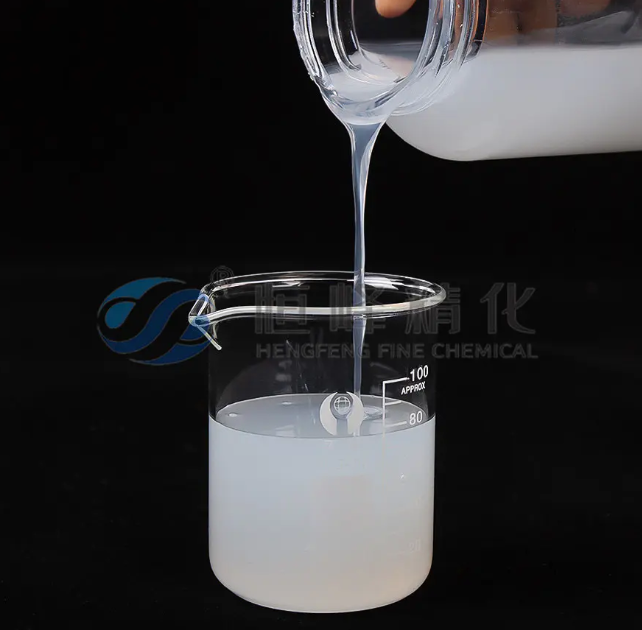
Why is Polyacrylamide Chemicals Important in Water Treatment?
Polyacrylamide chemicals are critical to effective water treatment for several key reasons. These reasons reflect the versatility of polyacrylamide in improving the quality and efficiency of water treatment processes. Here's a closer look at why polyacrylamide is so important:
Efficient Flocculation and Coagulation
One of the most valuable properties of polyacrylamide is its ability to enhance the flocculation and coagulation process. When added to water, polyacrylamide molecules bond with suspended particles and create larger aggregates (flocs), which can then settle out or be easily removed by filtration. This process is particularly useful in:
Municipal and industrial wastewater treatment.
Mining and oilfield water treatment.
Stormwater runoff treatment in urban settings.
This capability allows for faster clarification of water, leading to improved filtration and reduced treatment time, which is a key factor in improving the overall efficiency of water treatment plants.
Improved Sedimentation and Filtration
Polyacrylamide chemicals help to speed up the sedimentation process by facilitating the clumping of fine particles. The flocs formed are large enough to settle more rapidly, which significantly reduces the time required for the clarification phase in water treatment. This results in:
Cleaner effluent: Clear water that is free from contaminants and suspended solids.
Reduced operational costs: Faster sedimentation and filtration processes lead to more efficient use of water treatment resources.
Higher filtration capacity: Filtration systems experience less clogging and require fewer interventions, improving operational uptime.
Versatility Across Different Water Treatment Applications
Polyacrylamide can be customized to suit various water treatment needs, including drinking water, wastewater, industrial water, and sludge treatment. The versatility of polyacrylamide lies in the following forms:
Anionic Polyacrylamide: Typically used in drinking water treatment and municipal wastewater treatment, where it helps improve flocculation in acidic environments.
Cationic Polyacrylamide: Applied in industrial wastewater treatment and sludge dewatering, as it aids in binding negatively charged particles, making it effective in a wider range of wastewater.
Non-Ionic Polyacrylamide: Commonly used for oilfield water treatment and in situations where ionic strength is less critical, offering a more neutral approach to treating water.
Each type of polyacrylamide caters to specific water treatment requirements, making it an essential chemical for various industries and applications.
Cost-Effectiveness and Performance
Polyacrylamide chemicals offer an exceptional cost-to-performance ratio. By enabling more efficient treatment processes, polyacrylamide reduces the need for additional chemicals and processes, thereby lowering operational costs. The increased efficiency also results in:
Long-term savings: Reduced energy consumption, faster processing times, and less reliance on expensive additives.
Lower environmental impact: Reduced chemical usage and faster processing times mean fewer resources are used during treatment, which can contribute to overall sustainability goals in water treatment facilities.
Enhanced Sludge Dewatering
Polyacrylamide plays a crucial role in sludge dewatering, a common challenge in wastewater treatment. The polymer binds with water and particles in the sludge, making it easier to separate the solid and liquid phases. This is especially important in:
Municipal wastewater: Removing excess water from treated sewage to reduce the volume of sludge that must be disposed of.
Industrial wastewater: Efficient dewatering of byproducts from chemical plants, paper mills, and textile industries.
By improving the dewatering process, polyacrylamide helps in reducing the costs of sludge disposal and minimizes the environmental impact of water treatment.
Environmental and Regulatory Benefits
In addition to its technical advantages, polyacrylamide helps water treatment plants comply with increasingly stringent environmental regulations and water quality standards. By improving the removal of suspended solids, polyacrylamide assists in meeting discharge requirements and reducing the impact of wastewater on the surrounding environment. Moreover:
Compliance with water quality standards: Polyacrylamide aids in ensuring that water meets regulatory standards for turbidity, suspended solids, and other contaminants.
Sustainability: Although polyacrylamide is synthetic, it is used in controlled amounts and its biodegradability makes it a safer alternative to many traditional coagulants.
Addressing Global Water Scarcity
In light of increasing global water scarcity and contamination issues, the demand for effective water treatment solutions is growing. Polyacrylamide is central to meeting these challenges, as it improves the efficiency of both municipal and industrial water treatment systems, thereby making clean water more accessible. As the world faces the pressures of urbanization, industrialization, and climate change, polyacrylamide will continue to play a pivotal role in conserving water resources and ensuring that clean water is available for consumption and industrial use.
Polyacrylamide Chemicals in Water Treatment:
| Key Topic | Details |
|---|---|
| What is Polyacrylamide? | A synthetic polymer composed of acrylamide subunits, used primarily in water treatment to aid in the removal of pollutants, suspended solids, and turbidity. |
| Types of Polyacrylamide | - Anionic Polyacrylamide: Used for drinking and municipal wastewater treatment. - Cationic Polyacrylamide: Applied in industrial wastewater and sludge dewatering. - Non-Ionic Polyacrylamide: Used in oilfield and neutral environments. |
| Flocculation and Coagulation | Enhances the process where small particles aggregate into larger flocs, improving water clarity and accelerating sedimentation and filtration. |
| Improved Sedimentation and Filtration | Speeds up the sedimentation of particles, leading to faster clarification and better water quality. Reduces operational costs and filtration system clogging. |
| Versatility in Water Treatment | Applicable in municipal wastewater, industrial wastewater, drinking water treatment, and specialized applications such as mining, oilfields, and agriculture runoff management. |
| Cost-Effectiveness and Performance | Offers a cost-to-performance ratio by improving efficiency, reducing the need for additional chemicals, lowering operational costs, and offering long-term savings. |
| Sludge Dewatering | Facilitates the removal of excess water from treated sludge, reducing the volume of waste for disposal and minimizing environmental impact. |
| Environmental and Regulatory Benefits | Helps meet water quality standards and environmental regulations by improving suspended solids removal, ensuring regulatory compliance, and supporting sustainable water treatment practices. |
| Addressing Global Water Scarcity | Aids in water treatment across the world, particularly in areas facing water scarcity and contamination issues. Improves water efficiency in both municipal and industrial applications, contributing to global water conservation. |
What Are the Major Chemicals in Water Treatment?
1. Coagulants
Coagulants are chemicals that help in the aggregation of small particles into larger clumps called flocs. They are critical in removing suspended solids, bacteria, and other pollutants from water.
Aluminum Sulfate (Alum): Used to promote coagulation, especially in drinking water treatment.
Ferric Chloride: Used in wastewater treatment and industrial water applications to remove suspended solids.
Ferric Sulfate: An alternative to ferric chloride, especially useful in high-pH environments.
2. Flocculants
Flocculants are chemicals that assist in the formation of larger flocs by agglomerating small particles. Polyacrylamide (PAM) is a widely used flocculant in water treatment, improving the effectiveness of the coagulation process.
Polyacrylamide: A synthetic polymer used in various water treatment processes, including drinking water purification, wastewater treatment, and industrial applications.
3. Disinfectants
Disinfectants are used to kill harmful microorganisms and pathogens in water, ensuring water safety.
Chlorine: One of the most common disinfectants in drinking water treatment, it kills bacteria and viruses.
Ozone: A powerful disinfectant used for purifying water, especially in wastewater treatment.
Chloramine: A compound used as a disinfectant in water treatment to ensure residual protection.
4. pH Adjusters
Adjusting the pH of water is vital to maintain balance in water chemistry and optimize other treatment processes.
Lime (Calcium Hydroxide): Used to raise the pH of acidic water.
Sodium Hydroxide: Used to increase pH levels in water.
Sodium Bisulfite: Used to neutralize chlorine and adjust pH.
5. Antiscalants and Corrosion Inhibitors
These chemicals prevent scale formation in pipes and equipment and protect surfaces from corrosion.
Phosphates: Used to prevent scaling in boilers and pipes.
Polyphosphates: Prevent scale and corrosion in water distribution systems.
6. Algaecides
These chemicals prevent the growth of algae in water bodies like reservoirs and swimming pools, which can affect water quality.
Copper Sulfate: A common algaecide used to treat algae in reservoirs and treatment plants.
7. Activated Carbon
Activated carbon is widely used for adsorption, a process where contaminants are removed from water by binding to the surface of carbon particles.
Granular Activated Carbon (GAC): Used to remove organic compounds, chlorine, and other impurities from water.
What Are the Different Types of Polyacrylamide?
Anionic Polyacrylamide (APAM)
Anionic polyacrylamide carries a negative charge, making it ideal for water treatment processes where the pollutants in the water carry a positive charge.
Applications: APAM is widely used in municipal and industrial wastewater treatment, drinking water purification, and sludge dewatering. It works by helping in the flocculation process, where suspended particles in the water aggregate into larger particles, which can then be removed.
Cationic Polyacrylamide (CPAM)
Cationic polyacrylamide carries a positive charge and is used for water treatment processes where water contains negatively charged particles.
Applications: CPAM is frequently used in industrial wastewater treatment, particularly in the textile, paper, and petrochemical industries. It also plays a crucial role in sludge treatment and oilfield water management.
Non-Ionic Polyacrylamide (NPAM)
Non-ionic polyacrylamide has no charge and is often used when water conditions are neutral or in applications where the ionic charge of the particles is not as important.
Applications: NPAM is suitable for oilfield water treatment and in industries where the water contains relatively low concentrations of suspended solids.
Amphoteric Polyacrylamide
Amphoteric polyacrylamide contains both positive and negative charges in its structure, making it highly versatile and effective in diverse water treatment conditions.
Applications: It is used in specialized applications such as heavy metal removal, oilfield operations, and wastewater treatment where varying conditions of charge in the water exist.
What Is Polyacrylamide Used for in Water Treatment?
Flocculation and Coagulation
Polyacrylamide is primarily used as a flocculant to enhance the flocculation process, where fine particles aggregate into larger clumps (flocs) that can then be easily removed. This process is essential for improving the efficiency of the coagulation stage, where coagulants are added to destabilize particles in the water. Polyacrylamide accelerates the floc formation, making it easier to separate solid and liquid phases during water treatment.
Wastewater Treatment
Polyacrylamide plays a crucial role in both municipal wastewater treatment and industrial wastewater treatment. In municipal settings, polyacrylamide is used to treat water from residential areas, ensuring that pollutants like organic material, oils, and suspended solids are efficiently removed. In industrial settings, polyacrylamide is used to treat wastewater from various industries such as mining, oil and gas, and paper mills.
Sludge Dewatering
Polyacrylamide is a key chemical used in the sludge dewatering process, which is the removal of excess water from sludge generated in wastewater treatment. By aiding in the aggregation of solid particles, polyacrylamide helps to reduce the volume of sludge, making disposal more manageable and less costly. The dewatered sludge can then be safely disposed of or used for other purposes, such as composting.
Drinking Water Treatment
In drinking water treatment, polyacrylamide is used to remove suspended solids, colloids, and organic materials from raw water. It enhances the filtration and sedimentation processes, leading to the production of high-quality water that meets public health standards.
Oilfield Water Treatment
Polyacrylamide is widely used in the oil and gas industry to treat produced water. Produced water, which is a byproduct of oil extraction, often contains high levels of suspended solids and oily contaminants. Polyacrylamide helps in removing these impurities, ensuring that the water can be safely reinjected into the ground or disposed of according to environmental standards.
Mining and Mineral Processing
In the mining industry, polyacrylamide is used to separate minerals from water during the mineral processing phase. It helps in improving the separation of valuable minerals from waste materials, thus reducing the amount of water required in mining operations and enhancing the efficiency of the process.
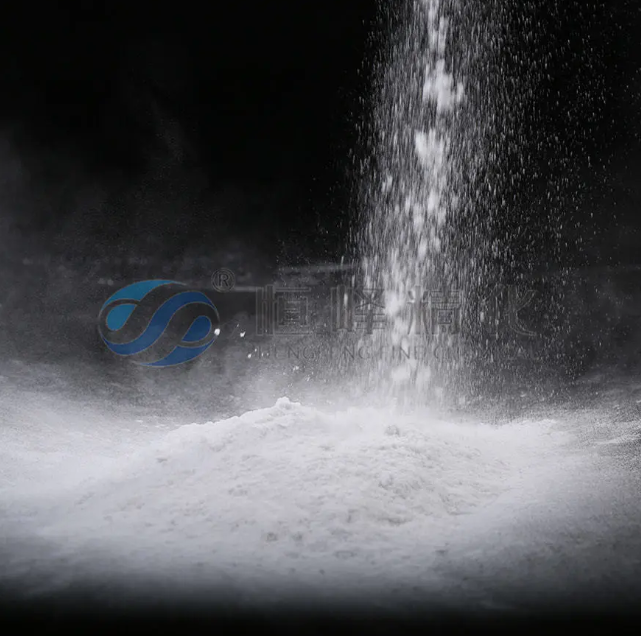
Benefits of Water Treatment Polyacrylamide Chemicals
Enhanced Flocculation and Coagulation
Polyacrylamide is a highly effective flocculant used to enhance the coagulation and flocculation processes in water treatment. By promoting the aggregation of fine particles into larger clusters (flocs), polyacrylamide enables the easy removal of suspended solids, colloids, and contaminants from water. This significantly improves water clarity, making it more efficient to treat wastewater and produce clean drinking water.
Key Benefit: Improved water quality and clarity through efficient removal of suspended particles.
Improved Sedimentation and Filtration
Polyacrylamide aids in the sedimentation process, helping solid particles in water to settle more quickly and efficiently. The flocs formed by polyacrylamide are larger and denser, ensuring that they settle rapidly, reducing the time required for water clarification. This results in faster filtration, which enhances the overall speed and capacity of water treatment systems.
Key Benefit: Faster sedimentation and filtration, leading to higher throughput in water treatment plants.
Cost-Effectiveness
Polyacrylamide chemicals are cost-effective due to their efficiency in reducing the amount of chemicals and energy required in water treatment processes. By enhancing coagulation, flocculation, and sedimentation, polyacrylamide reduces the need for additional treatments and significantly lowers operational costs. This makes it an ideal solution for both municipal and industrial applications.
Key Benefit: Reduction in overall treatment costs, leading to long-term savings for water treatment facilities.
Efficient Sludge Dewatering
Polyacrylamide is essential in the sludge dewatering process, where excess water is removed from sludge generated in wastewater treatment. By binding with solid particles in the sludge, polyacrylamide helps to form larger aggregates, which can be more easily separated from water. This reduces the volume of sludge, minimizing disposal costs and making it easier to handle and dispose of.
Key Benefit: Reduced sludge volume, lower disposal costs, and better management of waste materials.
Versatility Across Applications
Polyacrylamide is incredibly versatile and can be customized to suit various water treatment needs. Depending on the ionic form (anionic, cationic, or non-ionic), polyacrylamide is used in diverse applications such as:
Municipal wastewater treatment: Removal of pollutants from domestic wastewater.
Industrial wastewater treatment: Used in industries like textiles, paper, and petrochemical for efficient water treatment.
Oilfield water management: For treating water used in oil and gas extraction processes.
Agricultural runoff management: To reduce sedimentation and contamination in irrigation and stormwater.
Key Benefit: Polyacrylamide is adaptable to various water treatment challenges across multiple industries.
Environmental Impact Reduction
Polyacrylamide is biodegradable, making it an environmentally friendly choice for water treatment. Unlike some other chemicals, polyacrylamide can break down naturally in the environment, reducing the risk of harmful accumulation in water sources. When used responsibly, polyacrylamide helps minimize the environmental impact of water treatment operations.
Key Benefit: Biodegradable nature that reduces environmental risks and supports sustainable water treatment practices.
Improved Compliance with Regulations
Many water treatment processes are governed by strict environmental regulations that ensure safe and clean water for consumption. Polyacrylamide enhances the removal of pollutants, helping water treatment plants meet regulatory standards for turbidity, suspended solids, and other contaminants. This improves the compliance of water treatment facilities with local and international water quality regulations.
Key Benefit: Assists in meeting regulatory standards, ensuring that treated water is safe and compliant with environmental laws.
How to Choose the Right Polyacrylamide for Water Treatment
Choosing the right polyacrylamide (PAM) for water treatment is crucial to optimizing the treatment process and achieving desired results. The proper selection ensures that pollutants are effectively removed, processes are efficient, and costs are minimized. Below are key factors to consider when selecting polyacrylamide for water treatment:
Understanding the Type of Polyacrylamide
Polyacrylamide comes in different types based on the ionic charge of the polymer:
Anionic Polyacrylamide (APAM): Effective for applications where the water contains positively charged particles. It is commonly used in municipal wastewater treatment, drinking water purification, and mining water treatment.
Cationic Polyacrylamide (CPAM): Suitable for water with negatively charged particles. It is often used in industrial wastewater treatment, oilfield water treatment, and sludge dewatering.
Non-Ionic Polyacrylamide (NPAM): Ideal for neutral or low-ionic strength waters, often used in oilfield water treatment and mining where ionic strength is less of a concern.
Amphoteric Polyacrylamide: A hybrid of both positive and negative charges, making it useful in highly varied water conditions like heavy metal removal or specialized industrial processes.
How to Choose: Consider the nature of the pollutants in your water. For example, if the water contains organic matter and suspended solids with a positive charge, anionic polyacrylamide will work best. If your water treatment involves negative charge pollutants, then cationic polyacrylamide may be more effective.
Consider the Molecular Weight of Polyacrylamide
Polyacrylamide molecules vary in molecular weight, which impacts their performance in water treatment:
High Molecular Weight: Typically used for large-scale flocculation and coagulation, where large flocs need to be formed to remove suspended solids.
Low Molecular Weight: Suitable for applications that require rapid dissolution and faster results, such as sludge dewatering or oilfield water treatment.
How to Choose: High molecular weight polyacrylamide is preferred for large-scale treatment of municipal or industrial wastewater, while low molecular weight is better for specific, rapid actions like dewatering.
Water Chemistry and pH Level
The pH level and ionic strength of the water being treated can significantly affect the performance of polyacrylamide. Polyacrylamide works most effectively in neutral or slightly alkaline conditions, and water with high salinity may require adjustments in polyacrylamide formulation.
How to Choose: Analyze the pH and ionic composition of the water to ensure compatibility with the polyacrylamide you select. Some polyacrylamide types are more effective in low-ionic-strength waters, while others are optimized for high-ionic-strength environments.
Application-Specific Needs
Each water treatment application has its own requirements, which influence the choice of polyacrylamide:
Municipal Wastewater Treatment: Requires efficient flocculation and coagulation to remove organic and inorganic pollutants.
Industrial Wastewater Treatment: Often needs polyacrylamide that can handle oil, grease, and chemicals that may be present in the wastewater.
Sludge Dewatering: Polyacrylamide with the right molecular weight can help reduce sludge volume and facilitate disposal.
Oilfield Water Treatment: Requires polyacrylamide formulations that can effectively treat water used in drilling, as it often contains high levels of hydrocarbons and salts.
How to Choose: Match the type of polyacrylamide to the specific needs of your treatment process. Consider the type of wastewater and the desired end result (e.g., sludge reduction, pollutant removal).
Cost-Effectiveness
While polyacrylamide is highly effective, it is essential to choose a formulation that fits your budget without compromising treatment efficiency. The cost-effectiveness of polyacrylamide chemicals varies depending on the type, quality, and application scale.
How to Choose: Assess your budget and calculate the long-term cost savings in terms of operational efficiency and reduced chemical use. Higher-quality polyacrylamide may offer better performance, reducing the need for large quantities and minimizing waste.
Why Choose Polyacrylamide for Water Treatment from Jiangsu Hengfeng Fine Chemical Co., Ltd.
Choosing a reliable supplier for polyacrylamide chemicals is just as important as selecting the right type of polyacrylamide for your water treatment needs. Jiangsu Hengfeng Fine Chemical Co., Ltd. offers high-quality polyacrylamide chemicals with numerous benefits that set them apart from other manufacturers. Here's why you should consider them for your water treatment solutions:
High-Quality, Customizable Polyacrylamide Solutions
Jiangsu Hengfeng Fine Chemical Co., Ltd. provides a wide range of polyacrylamide products tailored to different water treatment needs. Whether you're handling municipal wastewater, industrial effluents, or oilfield water, they offer both anionic and cationic polyacrylamide options with various molecular weights, ensuring a perfect fit for your specific treatment process.
Benefit: Customization allows you to select the ideal polyacrylamide for your unique water treatment challenges.
Proven Track Record in the Water Treatment Industry
With years of experience in the water treatment chemical sector, Jiangsu Hengfeng has developed a reputation for providing reliable, high-performance polyacrylamide products. Their chemicals are trusted by municipal water plants, industrial facilities, and other large-scale operations worldwide, demonstrating consistent performance and quality.
Benefit: A trusted supplier ensures consistent quality and reliability in your water treatment processes.
Eco-Friendly and Sustainable Products
Jiangsu Hengfeng Fine Chemical Co., Ltd. places a strong emphasis on environmental responsibility by producing biodegradable polyacrylamide products. Their polyacrylamide solutions break down in the environment, reducing the ecological impact of water treatment and supporting sustainability goals.
Benefit: Environmentally friendly products that help meet sustainability goals without compromising performance.
Cost-Effective Solutions for Large-Scale Operations
By offering high-quality polyacrylamide chemicals at competitive prices, Jiangsu Hengfeng provides cost-effective solutions for large-scale water treatment operations. Their products deliver excellent value for money by increasing treatment efficiency, reducing sludge volume, and improving filtration rates, ultimately leading to significant savings in operational costs.
Benefit: Competitive pricing helps optimize water treatment costs while maintaining high-quality standards.
Exceptional Customer Support and Technical Assistance
Jiangsu Hengfeng Fine Chemical Co., Ltd. offers comprehensive customer support and technical assistance, ensuring that you can select the right polyacrylamide for your needs and implement it effectively. Their team of experts can provide guidance on product selection, dosages, and best practices for optimal results in water treatment.
Benefit: Access to expert guidance and tailored solutions for efficient implementation and optimal results.
Advanced Manufacturing Facilities
Jiangsu Hengfeng's state-of-the-art manufacturing facilities ensure that polyacrylamide products are produced under strict quality control measures. They maintain international standards for product quality, ensuring that each batch of polyacrylamide chemicals performs consistently and meets the necessary regulations for water treatment.
Benefit: Assurance of high-quality standards that meet global regulations and performance requirements.
In today's world, where clean water is increasingly becoming a precious resource, Polyacrylamide (PAM) chemicals have emerged as an essential tool in ensuring the efficiency and effectiveness of water treatment processes. Whether it’s for municipal wastewater, industrial effluents, or oilfield water management, polyacrylamide plays a pivotal role in improving water quality by enhancing flocculation, coagulation, and sludge dewatering. The versatility of polyacrylamide, combined with its cost-effectiveness and eco-friendly properties, makes it a crucial chemical in tackling the growing demand for clean water across the globe.
By choosing the right type and formulation of polyacrylamide, water treatment facilities can not only meet stringent regulatory requirements but also boost operational efficiency and reduce environmental impact. The continued use of polyacrylamide will play a critical role in addressing water scarcity, pollution, and sustainability challenges, ensuring that we can deliver safe, high-quality water for generations to come.
Make the smart choice today—opt for polyacrylamide chemicals in your water treatment process, and take a step towards more efficient, sustainable, and environmentally responsible water management.


 English
English Español
Español عربى
عربى Русский
Русский Tiếng Việt
Tiếng Việt




